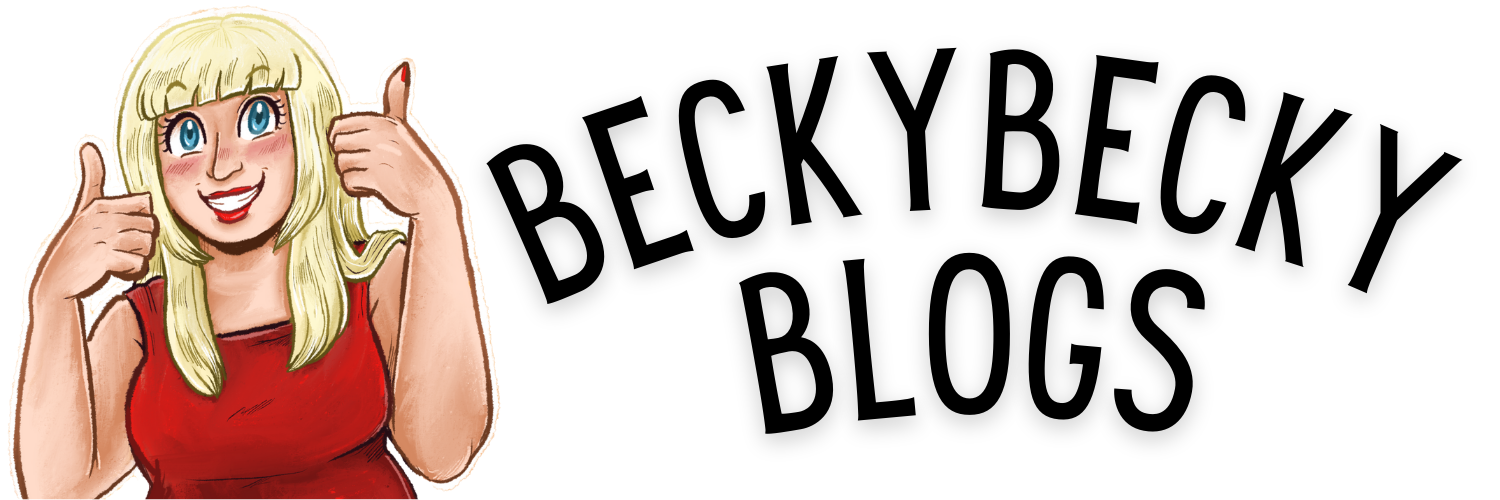I LOVE ESCAPE ROOMS. They’ve been a favourite pastime of mine since my first game in 2016 (coincidentally the same year this blog started).
I’ve escaped from over 70 rooms on three different continents, and have made it to some of the most lauded companies in the UK, such as Escapologic in Nottingham and Tulleys in Crawley. I’ve also found some lesser known favourites of my own, such as Kong Adventure in the Lake District and Kanyu Escape near Leeds.
But let’s be honest – not every escape room is going to be a hit, and I’ve played my fair share of misses. I’ve often opted not to blog about these rooms rather than share a strictly negative review (though please don’t read anything into this on my escape room list page, as I’ve also not had the time to blog about all the ones I found amazing).
So today I want to share some of the elements that I’ve come across in escape rooms that increase the frustration while decreasing the fun.
Note: do not take the inclusion of any of the photos below to mean the rooms they are from are examples of my pet peeves – they’re just photos that worked for the sections!
1. Darkness as difficulty
Escape rooms can be challenging for many different reasons: number of puzzles and their complexity being the main ones. But one thing that turns me off straight away to a room is realising that the lighting is poor and they’re using that to make it harder.
That’s not to say that dim lighting doesn’t have its place in an escape room. But if you have a puzzle that’s trivial with the lights on, but are forcing players to do it in the nearly-dark, what is the fun part here?
Don’t even get me started on rooms that provide flashlights, but not enough for each player to have one. I just loooove having to wait my turn to be able to see anything.
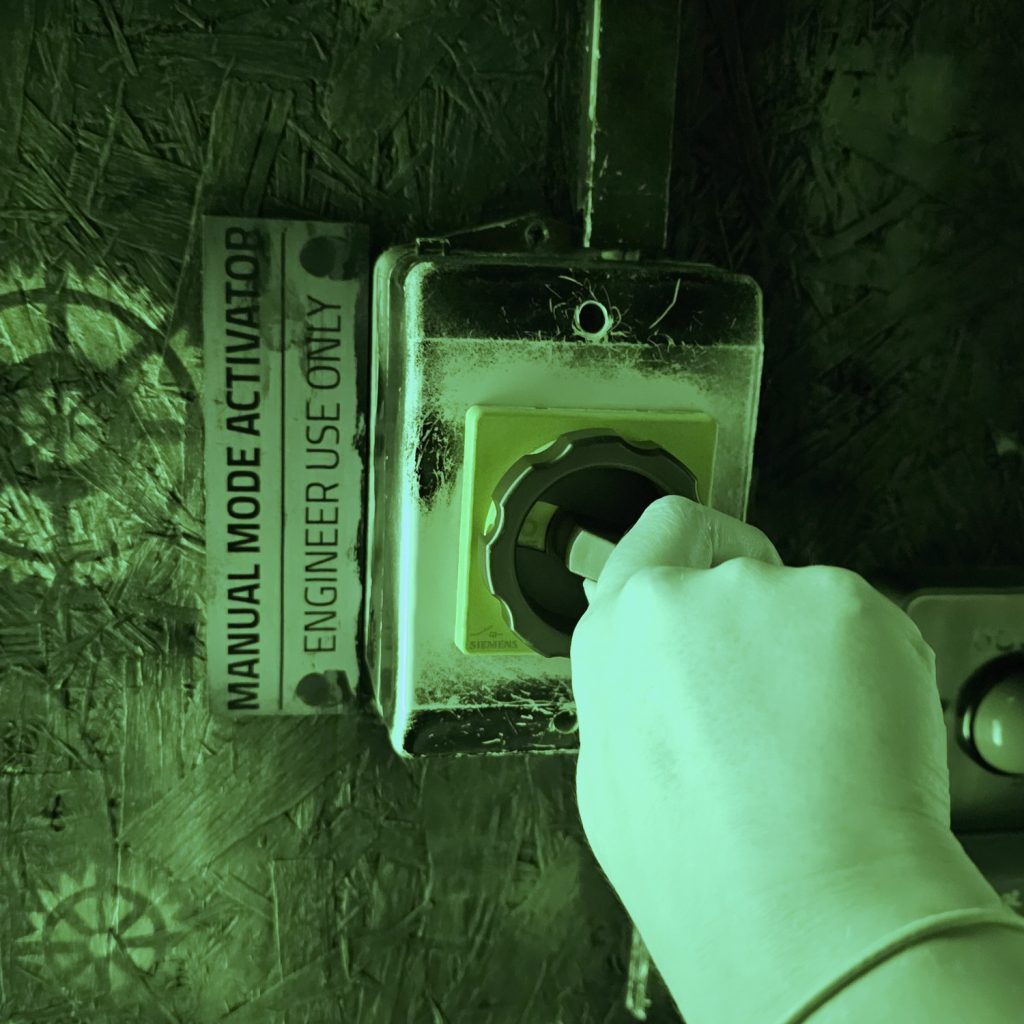
How to fix it: If dim lighting matters for the theme, ensure the puzzles themselves are well lit, or make turning the lights on part of the puzzle.
2. Identical padlocks with no way to differentiate
More modern escape rooms are relying less and less on traditional key or number/letter locks to gate progress through a room.
I have nothing against an older well-designed room that is a series of padlocks. But if there are seventeen four-digit locks in the room and nothing to tell them apart, I’m spending a significant portion of my time in the room spinning numbers on a lock. And chances are, it will be the last one you try, every single time.

How to fix it: One memorable room I went to had a bunch of number locks, but each had a clever symbol next to them that connected to the puzzle you solved to get the answer for that lock.
3. Red herrings
Your mileage may vary, and I know some people think red herrings are a necessary part of escape rooms. Indeed, having a stack of books to disguise the single one with a key hidden inside is part of the puzzle! And many escape rooms would look bare with only the props related to actual puzzles on display.
But having an object that look like a puzzle, even with an interface of some sort, but which ultimately leads nowhere, is frustrating to encounter. And having a lot of books, but only one has a subtle feature such as underlined words on a single page, without something to signpost you there, is a bad design.
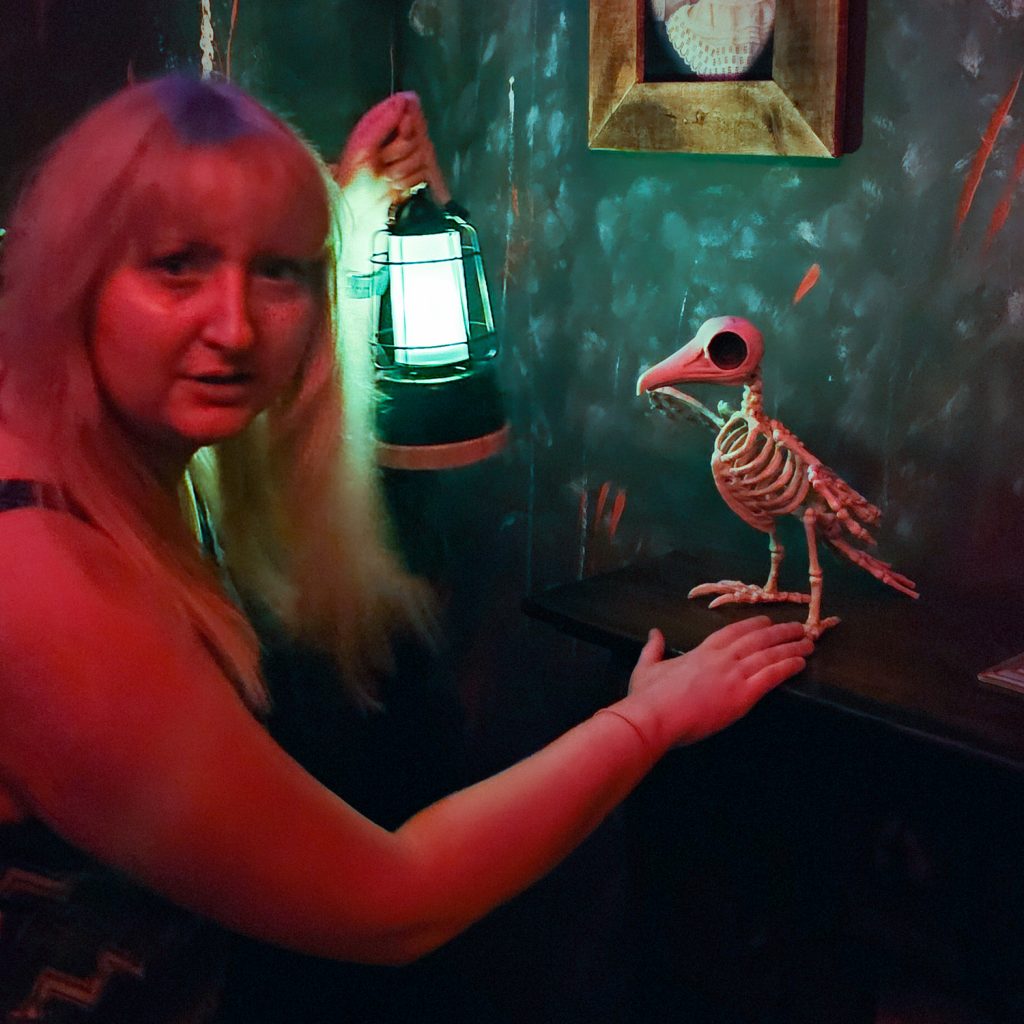
How to fix it: If you want to include red herrings in your room, make them quick to encounter and work through, and make the reward satisfying or even amusing. That way, they add to the feel of the game rather than detract and frustrate.
4. Too high a player count
I appreciate that escape rooms are businesses, and businesses are trying to make money. But some escape rooms will say they’re good for up to six or even eight people, while the progression through the room is linear so there’s only one puzzle to work on at any one time.
Sure, multiple people can work on the puzzle, but that’s normally two or at most three people at a time, not eight! Even rooms which let you work on two puzzles at the same time should probably be capped to six.
Admittedly, this is probably more of an issue for more experienced escapers – but by that I mean people who have done more than a couple of games.
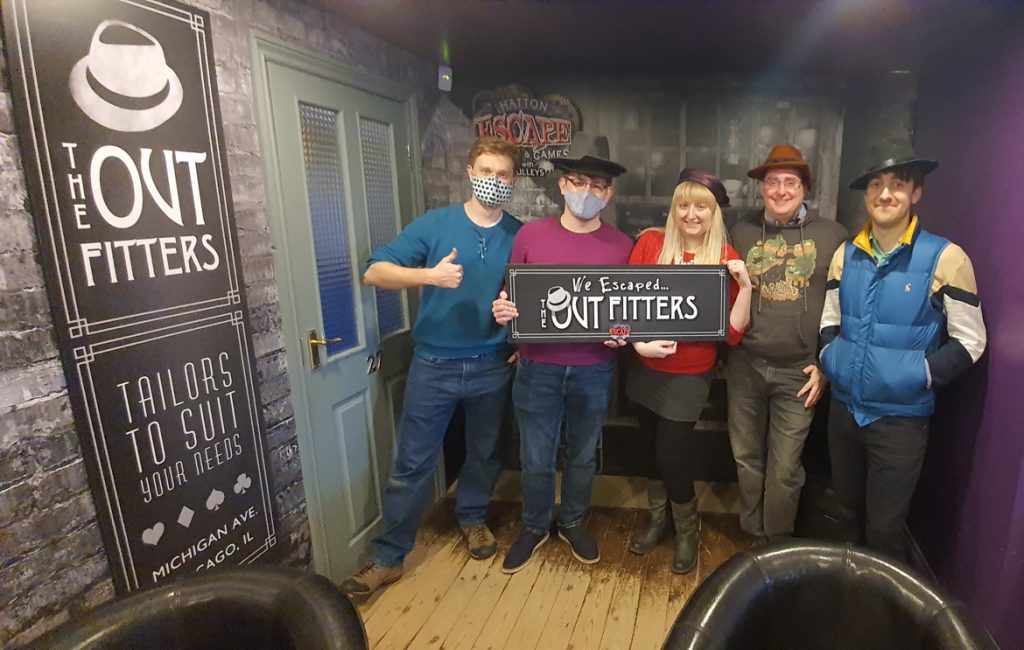
How to fix it: If your room is linear, make sure that’s clear on the game webpage so I can come with just one or two friends rather than five. Similarly, if it’s branching, make that clear to so I know I can bring more people along.
Note – I’ve not said to cap player numbers lower, as that’s unrealistic for these businesses which are often working on tight margins – just to make the information clearer for experienced players.
5. Unsolvable puzzles
Puzzles are the heart of an escape room, and they’re often what I’m raving about after I come out of a good room. But I’ve come across some puzzles that were just plain unsolvable. For example, puzzles where moving the props made it impossible to solve them – the first thing I do when I enter an escape room is pick up and move EVERYTHING.
Or a puzzle where you are given numbers for a number lock, but no hint on how to order them, so you have to work through six (for a 3-digit lock) or 10 (for a 4-digit lock) combinations. Combine that with point 2, where there are sixteen identical padlocks in the room, and you’re probably not escaping in time.
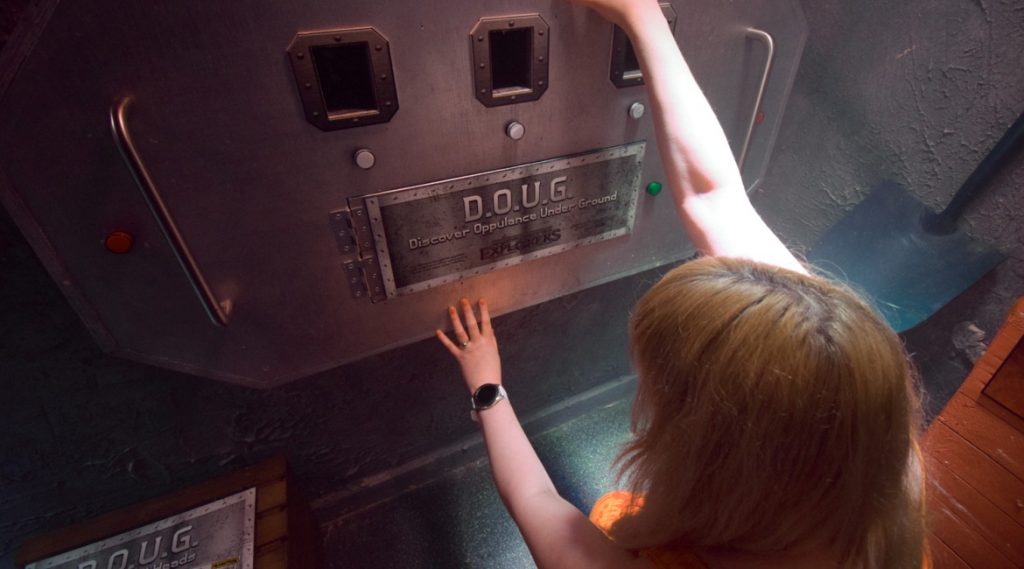
How to fix it: It feels daft to just say, “don’t put unsolvable puzzles in your rooms”. But that, basically. Make sure you playtest them before you finalise your room, and with a range of experience levels.
6. Misleading signs or instructions
During the briefing ahead of an escape room, your host will probably give you some simple instructions. Things like “don’t play with the plug sockets”, “don’t move any furniture”, “don’t climb on things”. They will normally explain that the room can be solved without doing these things, and that you should avoid them for safety reasons, or because they make the room harder to reset.
However, sometimes the room cannot be solved if you follow these instructions! I’ve encountered clues inside fake plug sockets, underneath rugs (arguable furniture), inside chairs. I’ve also had a “don’t touch” sign on something that you needed to get close to in order to trigger a motion sensor, but we were giving it a wide berth.
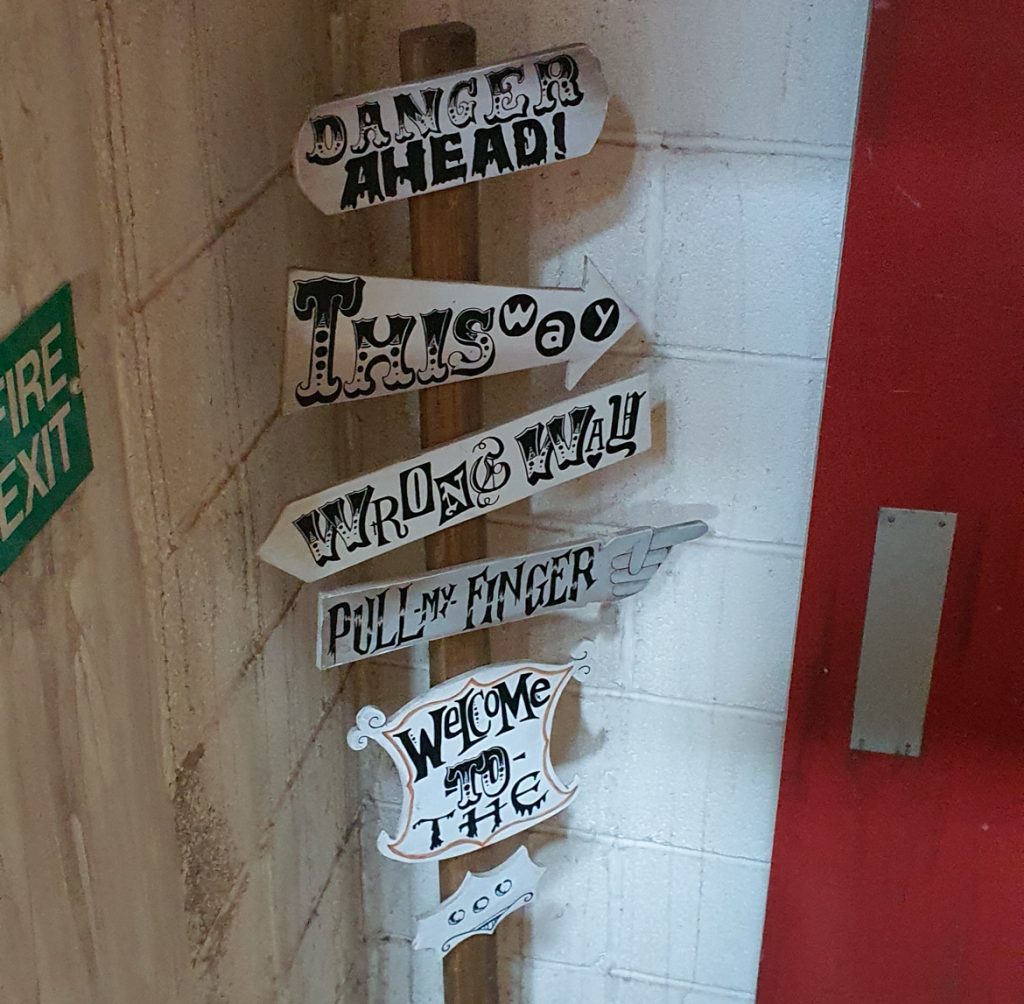
How to fix it: If you have a standard spiel of instructions for your rooms, make sure you double check they are all still valid for each new room you create. And if you have players regularly getting stuck at a certain point, check to see if this might be part of the reason why.
7. Penalties for hints
To some extent, I understand rooms that place some sort of restrictions on hints, be that limiting the number you can have or adding a time penalty for each hint taken (the two most common penalties or restrictions I’ve seen). Many rooms display leaderboards of the fastest teams to complete the room, and these hint restrictions can level the playing field for those.
However, it really rubs me up the wrong way. I am not a super competitive escaper, and I’d much rather see the end of a room by getting a hint than get stuck and not even make it out of the first room. Placing restrictions disincentivises ever asking for them, as you don’t know if you’ll end up in a hole later.
It’s also very nebulous what counts as a hint. Sometimes you are doing the right thing but the lock is sticky – is it a hint to check this? In this sort of situation I’d be happy for the host to proactively hint that we should keep trying what we’re doing, but if hints are penalised then the host can’t take any proactive action like this.
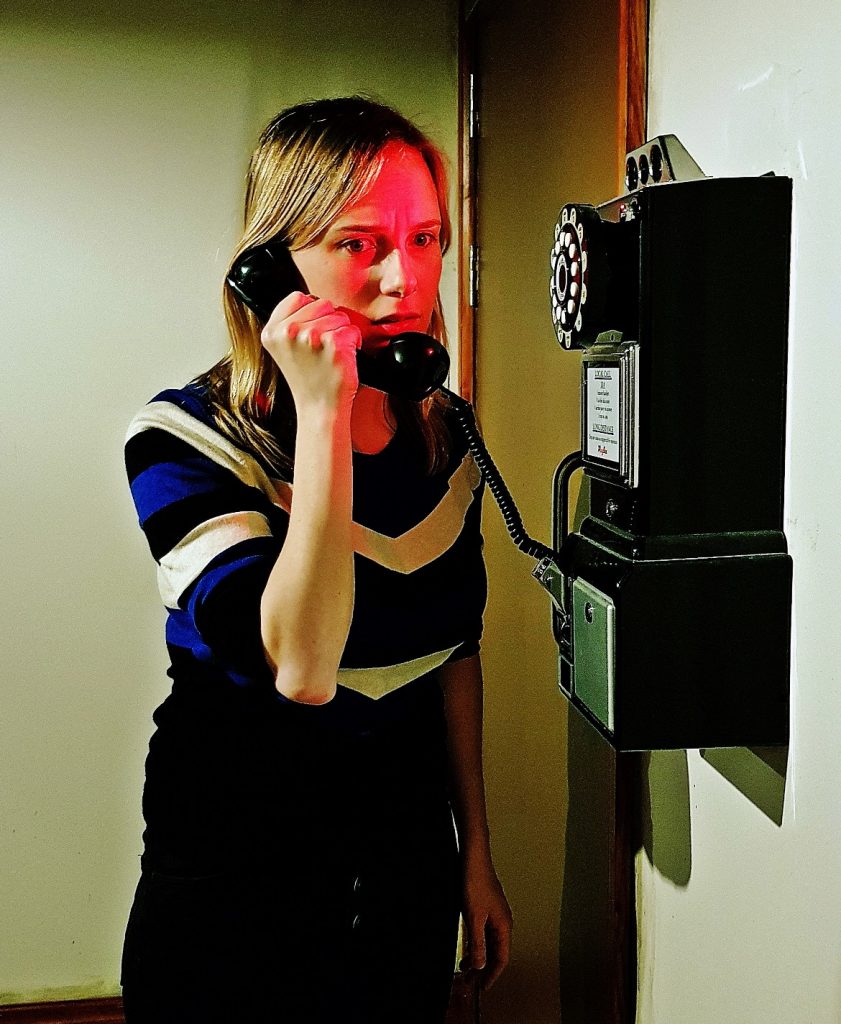
How to fix it: Don’t place any restrictions on how many hints players can request – and if you feel like that messes with your leaderboard, just note next to the time how many hints the team received.
8. Unenthusiastic hosts
We have had some AMAZING hosts in our time (big shout out to the sassy spirit of our ancestors at the Fourth Samurai). But sadly, we’ve had some less helpful, less friendly hosts who just kind of made you feel like you’re ruining their afternoon.
In particular, I love it when hosts will go round the room with you afterwards and ask you if there’s any puzzles you need clarifying. In good rooms, this will turn into us raving about which puzzles were our favourites! And sometimes talking about other amazing escape rooms, and we’ll walk away with a bunch of recommended rooms.
Let’s not even talk about the escape venues that have hosts monitoring multiple rooms at the same time…
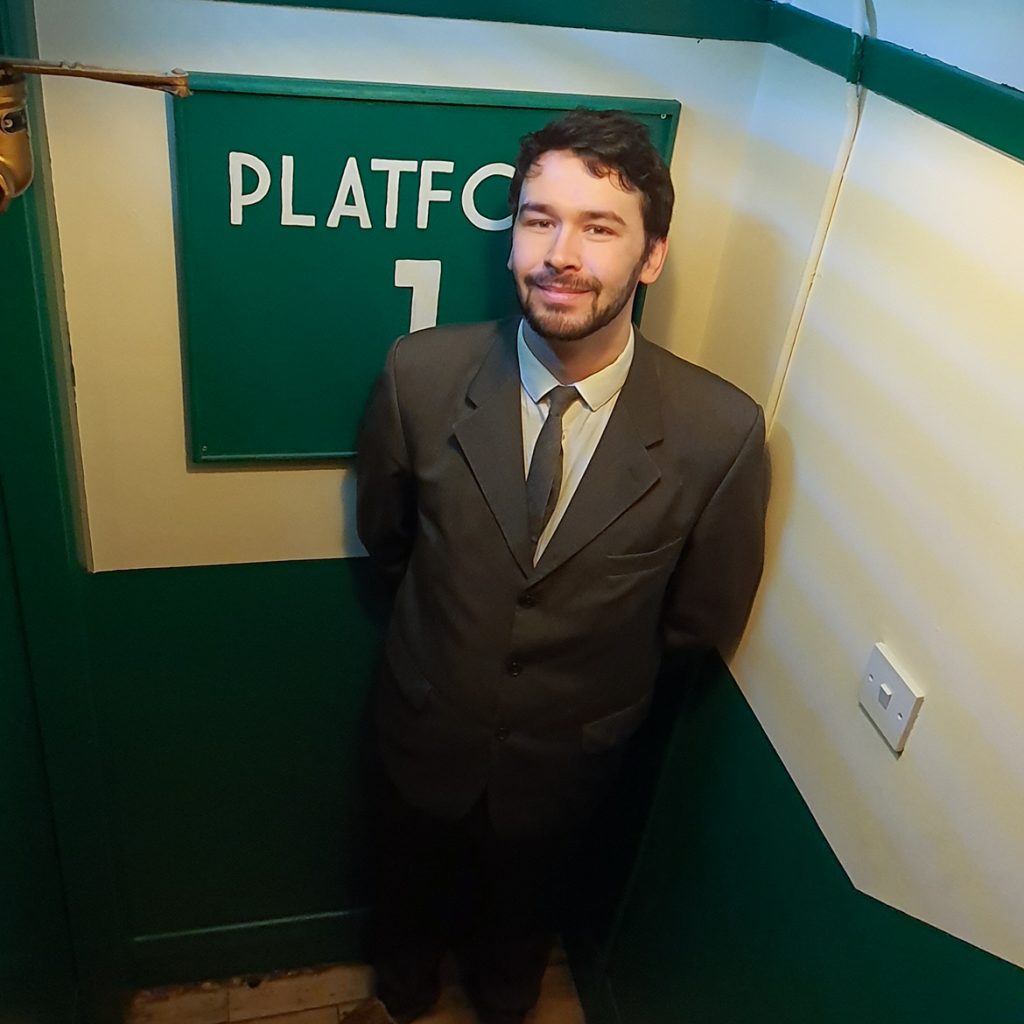
How to fix it: In my opinion, the best escape room hosts are enthusiastic escapers themselves.
9. Why are we here?
This is definitely a pet peeve, and some people really don’t care about this at all. But I hugely prefer escape rooms where it makes sense that we are there! “You’re an elite team tasked with finding the location of the bomb”; “You’re breaking in to steal the diamond”; “You are a scientist trapped in your own lab as the zombie you created tries to escape!”
Even better – rooms where the puzzles actually existing makes sense! “Your eccentric uncle has set you this challenge to prove you are worthy to inherit his fortune”; “The evil genius has trapped you in her lair”; “The ancient Egyptian pyramid has many mysterious protections.”
But you do find rooms where the reasoning for your presence is thin or no existent, which really makes it hard to buy into the concept from the very start.
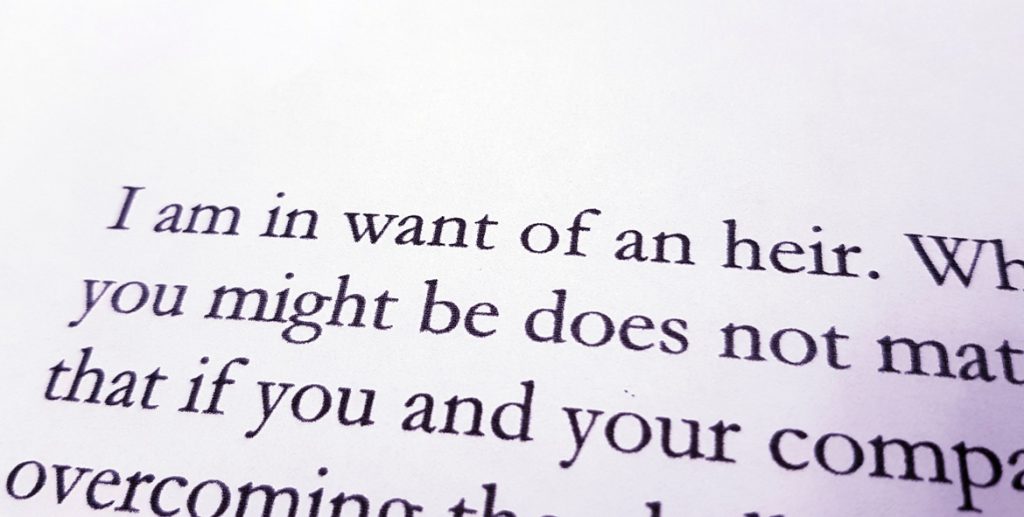
How to fix it: The concept is the very foundation of an escape room, so this needs to be right from when you start working on it!
What I love in escape rooms
This would be a far harder list to write, and a much longer one, as there are so many amazing things about escape rooms. But here are some of the things it would include:
- an interesting setting with a clear story
- a friendly and enthusiastic host from the moment we arrive to when we leave
- tricky puzzles, that mostly bring their difficulty in the “figuring it out” stage rather than the “executing it” stage
- at least one original puzzle I’ve not seen before
- at least one secret door – gotta love a secret door
- getting out with less than five minutes left on the clock!
What are your escape room pet peeves?
